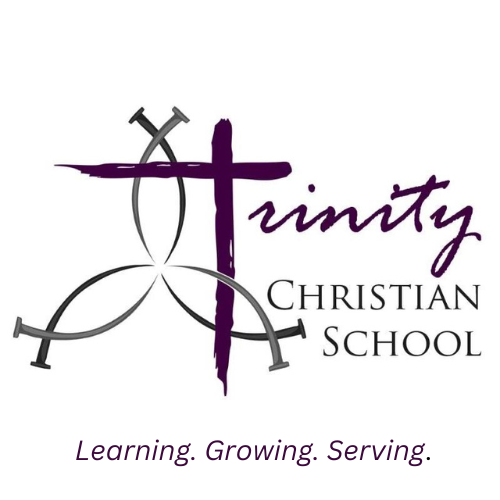3rd Grade Curriculum
Math
Students begin the year with a review of basic single digit addition and subtraction facts. These facts are memorized at home and practiced in school. Timed addition/subtraction tests begin around November.
Multiplication concepts are covered including timed 25 question tests on tables 1-10. Timed single digit multiplication tests begin in January. A quick recall of facts is necessary as we grow into more difficult math concepts in the upper grades.
Basic division concepts are covered as well as beginning fractions, telling time, measurement, beginning geometry, area and perimeter.
Mental math is widely used in many of the Pearson units.
ELA (English Language Arts)
Additional novel units which students read together in class may include Sarah, Plain and Tall by Patricia Maclaughlin, Stone Fox by John Reynolds Gardiner, The Whipping Boy by Sid Fleischman, The Hundred Dresses by Eleanor Estes. Each student has a copy of the novel and additional language activities and lessons are completed with the novel as the focus.
Several teacher read alouds are also completed as a wonderful start to our morning. Titles often include: James and the Giant Peach, Sideways Stories from Wayside School, Chocolate Fever, The Lion the Witch and the Wardrobe.
ELA includes reading, writing, language, speaking and listening. Students read and write daily and work on the process of writing from brainstorming ideas, drafting and revising. Students write responses to literature, and more creative story pieces. Students also analyze informational text and respond with well thought out answers based on text evidence. We are working on writing clear, 4-6 sentence paragraphs. By the end of the year we will be putting a few of these paragraphs together to form longer, more detailed pieces.
Cursive writing is a weekly component and students are encouraged to use cursive writing during some final revisions of writing pieces.
Spelling, vocabulary, and grammar are included in the Macmillan McGraw Hill Series. Novel Units include vocabulary and spelling directly from the novel.
Students complete a Book of the Month. This is a self selected title which is the genre of the month. Students complete a different book report/project each month. A highlight of these book reports is the biography/autobiography report where students dress as the character they have read about. Student creativity shines through as they learn to speak in front of the class using notes.
Technology may include utilizing the laptops for vocabulary searches on dictionary.com. We also use the projector and screen for introducing new information at the start of novel units. A document camera and dry erase board is often used to introduce and complete grammar lessons.
Science
Topics Covered: Energy & Motion, Electricity & Magnetism, Weather, Climate, Life Cycles & Traits, Adaptation & Survival, Fossil Evidence
This class contains both instruction and experiments. Each lesson has an experiment that introduces or reinforces the material in it.
Social Studies
Units Covered: Geography, Culture, Government, Economics
The main focus of 3rd grade Social Studies is world communities. The four units covered compare the given themes in six different countries along the world spread across its continents: Japan (Asia), Argentina (South America), Angola (Africa), Italy (Europe), and Egypt (Africa).
Religion
The curriculum is based around the Six Chief Parts of Luther’s Small Catechism – the Ten Commandments, Apostles’ Creed, Lord’s Prayer, Baptism, Confession, and Holy Communion. The lessons include a devotion, an introductory activity, a Bible story, and how that story can be applied to our lives today. An important component of the religion curriculum is Memory Work. Memory Work will consist of the books of the Bible and Bible verses connected to the daily lessons.



